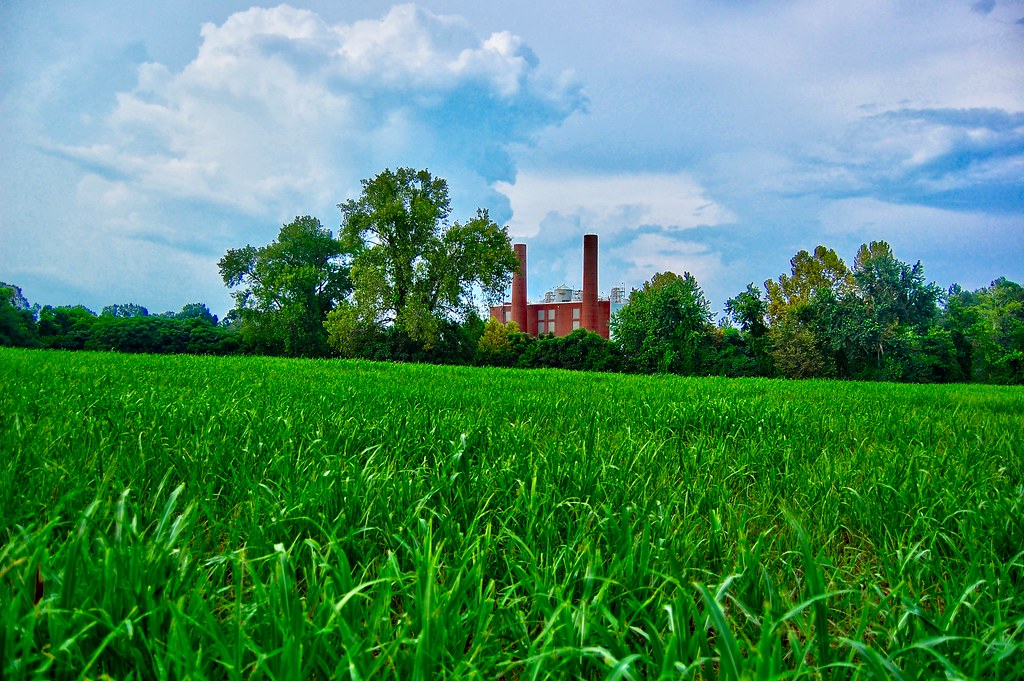Greek yogurt quickly rose to the top as the shining star of yogurt and dairy products. With twice the protein as regular yogurt and its thick and creamy texture, Greek yogurt is now a $2 billion a year industry. However, Modern Farmer reports concerns about the environmental hazards that the Greek yogurt process is causing.
Eight thousand gallons of watery, acid whey is dumped twice every day.
Companies like Chobani and Fage need to dump the whey that is strained with a mechanical separator out of Greek yogurt. The acid whey is toxic to the environment, depleting oxygen from streams and rivers. A dairy scientist at Cornell explained that due to the exponential growth of Greek yogurt, other viable options have not been explored.
So, what are some better alternatives?
In response to the whey issue, many others are contributing helpful solutions. For example, Kimi Harris from Mother Nature Network suggests feeding whey to pigs. Chobani also responded to the issue as well:
“At Chobani, we are committed to being a good community partner. That includes finding responsible uses for whey, a natural byproduct of the process to create authentic strained Greek Yogurt. We are constantly exploring the best ideas and options for beneficial whey use. Right now, we choose to return whey to farmers, most of whom use it as a supplement to their livestock feed. Some is used as a land-applied fertilizer but only at farms that have nutrient management plans in place with the state environmental conservation agency. A small percentage is also sent to community digesters, where the whey is used to produce energy.”
Can you think of other ways to utilize the whey waste in a healthy and environmentally friendly way? Your ideas and suggestions could be the next big thing in the dairy industry!
Also, for those who like to strain Greek Yogurt at home, Prairie Homestead offers 16 different ways to use whey!





